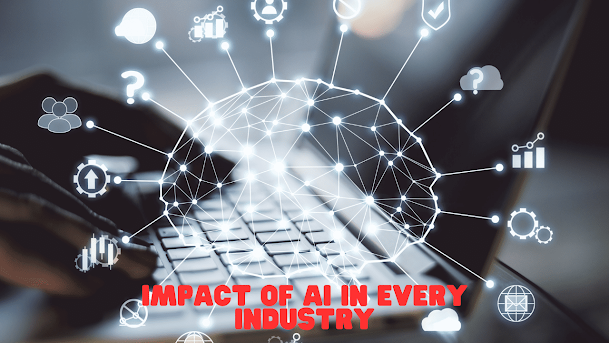AI has shown immense potential and promise in solving problems that were previously assumed as a work of fiction. Let’s explore the various ways it is impacting the tech industry. As AI enters our lives in a rather seamless way – think of facial recognition helping unlock phones, or Alexa and Siri, enriching experience with voice-enabled technologies, it is truly ubiquitous.
This post highlights some of the pathbreaking AI innovations made possible in the world of technology.
Recommendations
We are living in a very fascinating world of hyper-personalization. Based on historical purchases and user characteristics, we are shown not just the advertisements, but also the news in our feed that reflects our interests. Open up social media and your entire experience is tailored to match your preferences – be it the content you see to the recommended list of people you should connect with.
It feels overwhelming but is almost equivalent to having a mini-world curated to serve you, which extends to the concept of echo chambers. The hyper-personalization has created filter bubbles making the users less receptive to diverse world-views, reinforcing their existing beliefs.
Note-taking and Summarization
As if attending meetings was not enough in the first place, you were previously taking notes by yourself. Welcome to the world of AI, which has taken digitalization to a whole new level. It spares you the need to create, collect, or curate notes from your meetings.
AI provides a summary and takes notes from meetings, stating the action items, and highlighting insights. Otter.ai is one such application, with the ability to assist and keep you updated about project developments
Quality Control
Moving on from recommendations and automated summarizations, AI now also serves as your quality control assistant, detecting imperfections like wear and tear or discoloration in fabrics, and conducting thorough quality assessments of raw materials like vegetables for farmers or wood for furniture.
Healthcare
Continuing with computer vision applications, AI is an extremely powerful tool to help analyze medical images, such as X-rays and CT scans to diagnose the underlying health condition of the patient. Such advanced algorithms are adept in identifying patterns and anomalies, thereby assisting healthcare professionals in speeding up the diagnosis process and enhancing patient outcomes.
It is worthwhile noting that the use of AI in healthcare qualifies under the high-risk and high-impact categories, hence the probabilistic output of AI models should only be considered as a point of augmentation. The false positives and false negatives could imply misdiagnosis, which if acted upon without healthcare professionals’ supervision, can significantly impact the lives of patients.
Fraud detection
AI-powered fraud detection systems have proved to be more accurate in predicting potential fraud, as compared to the traditional signature-based techniques. With the increased use of digital banking and online payments, a minor oversight in detecting fraud can cause huge losses to customers, damaging the reputation of online platforms.
Quoting statistics from the Infosys BPM, “Cybercrime costs the world economy $600 billion annually, which is 0.8% of the global GDP. Studies show that in the first quarter of 2021 alone, fraud attempts rose 149% over the previous year – fuelled, no doubt, by the post-Covid increase in online transactions. In response, more than half of all financial institutions have stepped up to employ AI to detect and prevent fraud in 2022”.
Predictive maintenance
Be it the asset-heavy manufacturing industry or the machinery in general, downtime is inevitable. Acting on such downtime, as and when it occurs, often finds companies unprepared, leading to extended repair times, which can be costly in terms of lost production, revenue, and additional expenses associated with repairing or replacing equipment.
That is where the predictive power of AI comes into the picture. It analyzes vast amounts of data to detect patterns and anomalies indicating potential equipment failures.





Comments
Post a Comment